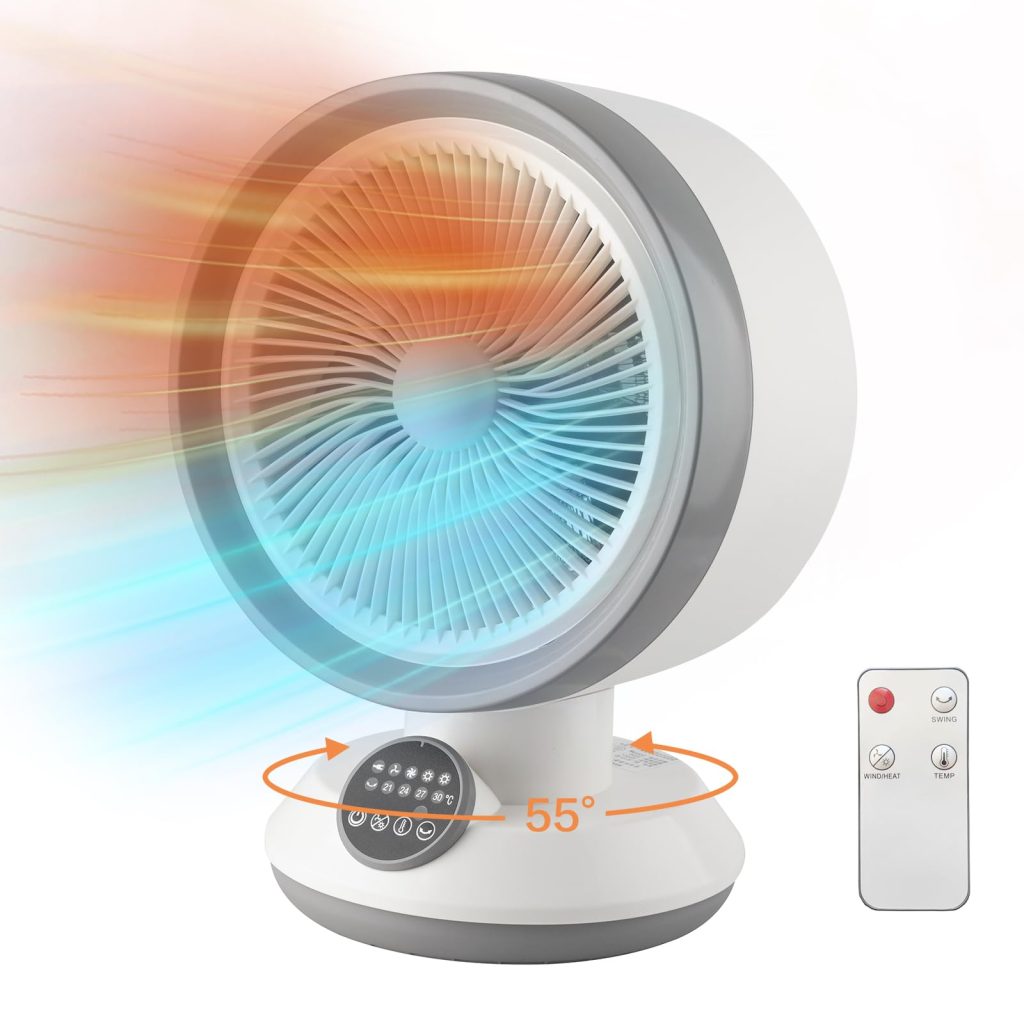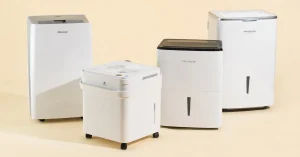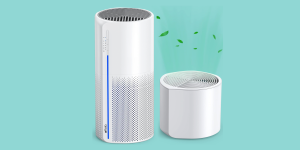Heater Fan: What Is It? How It Works, Applications, and Safe Usage Tips

Version 1.0.0
A heater fan is a popular electrical appliance used to warm up rooms, providing instant comfort during cold weather. Its portability, ease of use, and fast heating capabilities make it a favored choice for many households. In this article, we’ll explore what a heater fan is, how it works, its practical applications, and how to use it safely.
1. What Is a Heater Fan?
A heater fan, also known as a fan heater, is a device that combines a fan and a heating element to warm up the surrounding air. It works by blowing warm air into the room, providing quick and efficient heating. Heater fans are available in various sizes and designs, and they are commonly used in homes, offices, and other indoor spaces to provide targeted warmth.
Common Types of Heater Fans
- Convection Heater Fans: These models use a heating element and a fan to circulate warm air throughout the room. They work by heating the air near the heater and allowing it to rise, creating a convection current that distributes the heat.
- Ceramic Heater Fans: Ceramic heater fans are equipped with ceramic heating elements that heat up quickly and distribute heat effectively. They are compact, energy-efficient, and often come with adjustable thermostats.
- Oil-filled Radiator Heater Fans: These heater fans combine the benefits of oil-filled radiators and fan systems. They use a fan to circulate heat generated by oil-filled radiators, providing long-lasting warmth.
- Infrared Heater Fans: These types of heater fans use infrared radiation to heat objects and people directly, rather than just warming the air. They offer instant warmth and are ideal for spot heating in small spaces.
Benefits of Using a Heater Fan
- Quick Heating: Heater fans provide immediate warmth, making them ideal for quickly warming up a cold room.
- Portability: Heater fans are lightweight and portable, allowing easy relocation from one room to another as needed.
- Energy Efficiency: Many modern heater fans come with adjustable thermostats and timers to reduce energy consumption and optimize heating.
- Compact Design: Most heater fans have a compact design, making them easy to store and use in small spaces.
2. How Does a Heater Fan Work?
A heater fan uses an electrical heating element, typically made of metal coils or ceramic material, to generate heat. This heat is then distributed into the room with the help of a fan. Here’s how it works:
Key Components of a Heater Fan
- Heating Element: The heating element is responsible for producing heat when electricity passes through it. This element is typically made of metal coils or ceramic plates. As the electricity flows through the element, it heats up, and the fan blows air over it.
- Fan: The fan is used to blow air across the heating element. The moving air helps distribute the heat throughout the room, warming the space more quickly and efficiently.
- Thermostat: A thermostat monitors the temperature in the room and adjusts the heater’s operation to maintain a comfortable level of warmth. When the set temperature is reached, the thermostat will turn the heater off or regulate its power.
- Safety Features: Modern heater fans often include safety features such as overheating protection and tip-over switches. These features help prevent accidents by automatically turning off the heater if it gets too hot or if it’s knocked over.
Working Principle
When the heater fan is turned on, electricity flows through the heating element, causing it to heat up. The fan then blows air over the hot element, and the warm air is circulated into the room. The thermostat controls the temperature, turning the heater on and off to maintain a consistent warmth.
3. Applications of Heater Fans
Heater fans are versatile devices with a wide range of applications, from home use to commercial environments. Here are some common uses:
Home Use
- Room Heating: Heater fans are perfect for heating individual rooms, especially in areas where central heating may be insufficient or inefficient.
- Spot Heating: If you need to warm up a specific area, such as by your desk or in a small bathroom, a heater fan provides targeted warmth without wasting energy.
- Portable Heat: Their portability makes them ideal for use in various rooms, such as bedrooms, living rooms, or kitchens. You can easily move the heater fan from one area to another based on where warmth is needed.
Office Use
- Personal Heating: In offices or workspaces with uneven heating, heater fans are a great solution for keeping individuals warm, especially if central heating doesn’t reach certain areas effectively.
- Cold Spot Elimination: Heater fans can be used to eliminate cold spots, such as near windows or drafty corners, by providing quick and localized heating.
Commercial and Industrial Use
- Warehouses and Storage Areas: In commercial environments, heater fans can be used to warm up larger spaces quickly, especially in areas where other heating systems might be slow or impractical.
- Workshops: Heater fans are useful in workshops or garages to maintain a comfortable working temperature, especially during colder months.
4. How to Use a Heater Fan Safely
While heater fans are generally safe, it’s important to follow certain safety guidelines to ensure they operate effectively and prevent accidents. Here are some essential tips for safe usage:
Proper Placement
- Place on a Flat Surface: Always position the heater fan on a flat, stable surface to prevent it from tipping over.
- Keep Away from Flammable Materials: Avoid placing the heater fan near curtains, papers, clothing, or other flammable materials that could catch fire if they come into contact with the hot surface.
- Maintain Adequate Clearance: Ensure that the heater fan has enough space around it for proper airflow. Most manufacturers recommend keeping a certain distance (usually 1-2 feet) from walls or other objects.
Maintenance Tips
- Keep the Heater Clean: Dust and debris can accumulate on the heater fan and its heating element, reducing efficiency and potentially causing overheating. Clean the heater regularly according to the manufacturer’s instructions.
- Inspect the Cord and Plug: Before use, check the power cord and plug for any signs of wear or damage. Do not use the heater if the cord is frayed or exposed, as it could pose an electrical hazard.
- Turn Off When Not in Use: Always switch off the heater fan when leaving the room or when it’s not in use. This helps save energy and reduces the risk of overheating.
Safety Features
- Overheat Protection: Choose a heater fan with built-in overheat protection, which will automatically turn the heater off if it gets too hot.
- Tip-Over Switch: A tip-over switch is an important safety feature that turns the heater off if it is accidentally knocked over.
- Use with Supervision: If you have young children or pets, always supervise the use of a heater fan to avoid burns or other injuries.
Energy Efficiency
- Adjust the Thermostat: To save energy, adjust the thermostat to the desired temperature and avoid running the heater on high for extended periods.
- Use Timers: Many modern heater fans come with timers that allow you to set a specific operating time. This can help prevent excessive use and save electricity.
Conclusion
A heater fan is a practical and efficient solution for keeping your space warm during the colder months. By understanding how it works, knowing where and how to use it, and following safety guidelines, you can ensure that your heater fan serves you effectively while keeping you and your surroundings safe. Whether for personal use at home or in commercial spaces, heater fans provide fast, portable, and targeted heating, making them an essential appliance for cold weather comfort.







